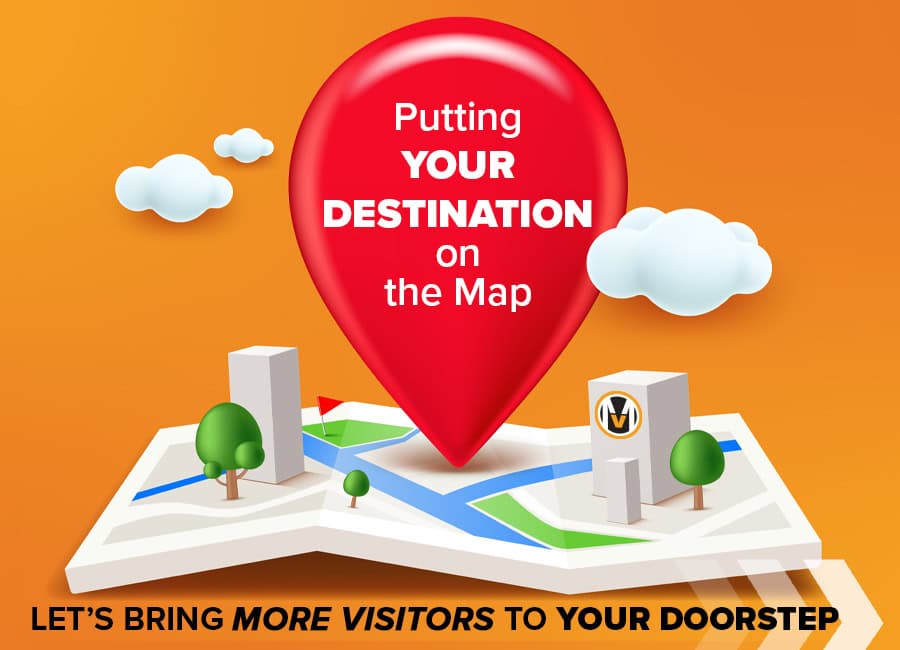So, you’ve followed our first five search engine optimization (SEO) tips to get your website seen more often in search results, but now you really want to ramp up your online success. Don’t worry – we’ve got you. Our digital strategists have compiled some more pointers that you can use to further optimize your site and bump your competition from those coveted top search result positions.
Optimize for Featured Snippets
You might not have heard of featured snippets, but you’ve seen them. They’re the main answer box that appears at the top of the page for many search terms, highly visible and just asking to get clicked. And even if the person chooses not to click? You still get some points for brand awareness and getting your name out there. So, how do you get your content crowned a featured snippet?
How you format your content one way you can increase your chances – numbered lists, bullet points, and answer-question formatted content (think FAQ pages) are a few examples.
Revise Your Page Titles… Then Revise Again
Even the most thorough keyword research can’t pinpoint, with 100% accuracy, how well your page titles will match the terms that are most often being used at any given time to search for your products or services. That’s why making tweaks over time can help you really hone in on a successful title that will lead to clicks and conversions. For instance, you may need to toy around with variations such as these:
- Washing machines
- Buy washing machines
- High efficiency washing machines
- Best washing machines near me
The key is to match as closely as possible the exact wording that is being used in searches. This can be different based on your geographical location, your target audience’s age, etc.
Long? Short? Both!
It seems that every week the recommended word count for a web page changes. First, the advice was to make sure your content was at least 500 words, then 800 words, then 1,200 words. Later, top digital marketing sources are saying to keep content short and concise to keep our audience’s short attention. All of the back and forth are enough to keep even the most dedicated content marketer and SEO strategist confused.
Long story short (see what we did there?) – tailor the length of each content piece to how long it needs to be to convey your message. Able to powerfully get your point across in a few sentences? Go for it! Need a little time to dig in and explain? There is nothing wrong with that either. After all, the point of your website and its content is to give your audience the information that it needs, and not every topic needs the same amount of explanation.
Speed Things Up
Our previous SEO tips blog mentioned how optimizing images to reduce your page load speed affects your rankings, but there are other ways you can improve your site speed and your user’s experience. Deleting old or broken plugins, cleaning up your code, and removing old files can all make your website load faster for your visitors. There are many tools out there, such as Google PageSpeed Insights, that allow you to test your website’s speed so you can get to work on lowering it.
If It Ain’t Broke…
Once you get your pages to a ranking that you’re happy with, make sure you keep tracking their performance, but try not to change anything on those pages. A few small tweaks to change hours or staff names is fine but changing a page’s header or title can undo months of hard work.
Need help outranking your competition on Google and other search engines? Midwest Marketing’s team of SEO and digital marketing experts can analyze your website to develop a custom strategy that will set you up for online success. Give us a call at (605) 716-5666 or send us a message today!


